Optimal Timing for Helical Pile Installation
Helical piles can be installed throughout the year, but optimal conditions depend on weather and ground conditions. Proper timing ensures stability and minimizes delays.
Spring and fall often provide ideal weather for helical pile installation due to moderate temperatures and stable ground conditions.
Avoid installations during extreme cold, heavy rain, or snow, which can impact equipment performance and ground stability.
Dry and firm soil enhances installation efficiency. Wet or frozen ground may require additional preparation or delay work.
Planning installations during periods of predictable weather can reduce delays and improve safety and quality.
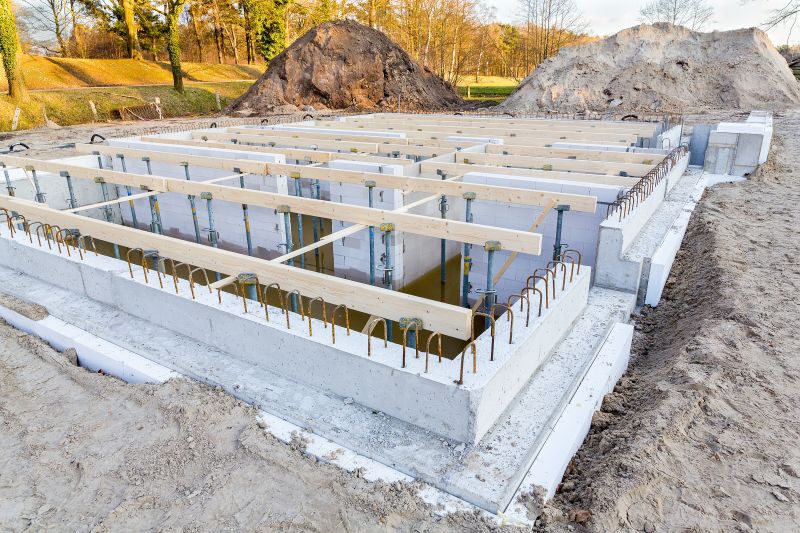
Spring offers moderate temperatures and less ground frost, facilitating efficient installation.
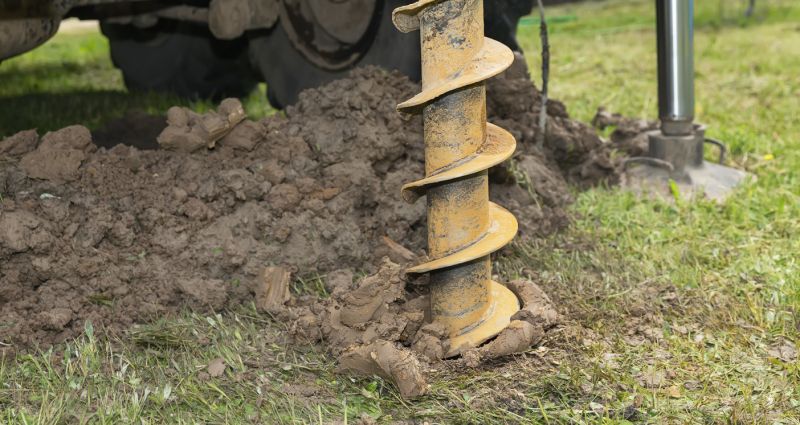
Summer provides longer daylight hours, but high temperatures and dry soil can pose challenges.

Fall's cooler weather and stable ground make it a favorable season for installation projects.
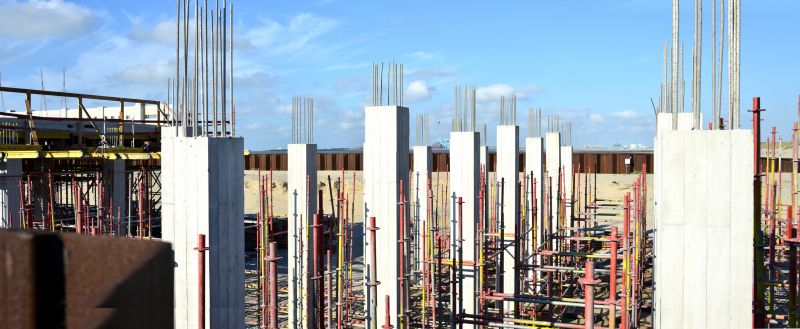
Ways to make Helical Piles Installations work in tight or awkward layouts.
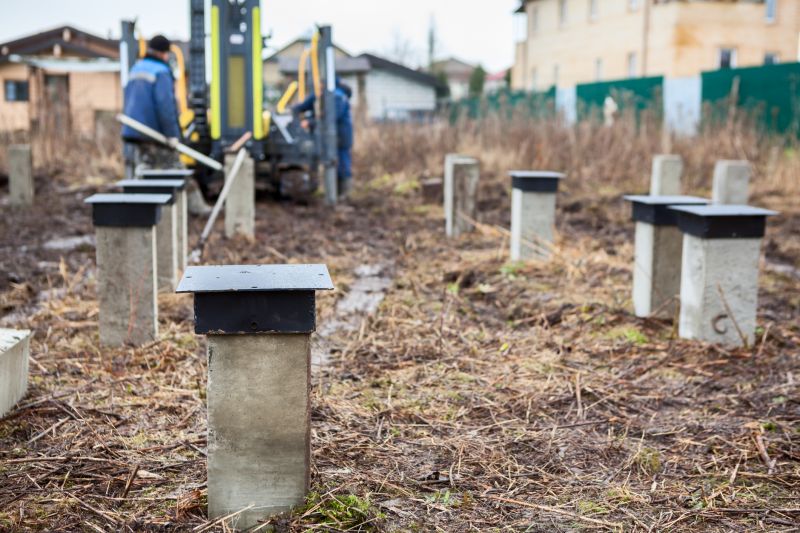
Popular materials for Helical Piles Installations and why they hold up over time.
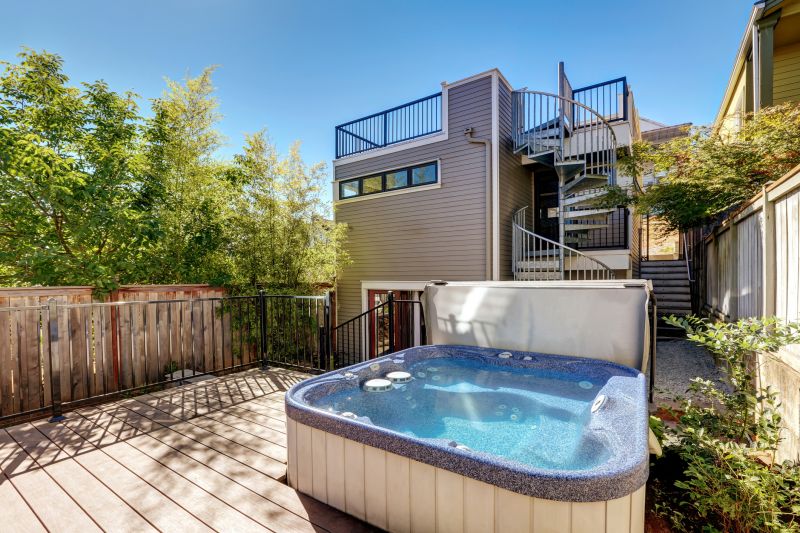
Simple add-ons that improve Helical Piles Installations without blowing the budget.
| Season | Typical Ground Conditions |
|---|---|
| Spring | Wet soil, melting snow, moderate temperatures |
| Summer | Dry soil, high temperatures, longer days |
| Fall | Stable soil, cooler temperatures, less precipitation |
| Winter | Frozen ground, snow cover, challenging access |
Helical piles are a versatile foundation solution suitable for a wide range of soil types and environmental conditions. Their installation involves rotating helical screw plates into the ground, providing immediate load-bearing capacity. This method reduces construction time compared to traditional foundations and minimizes soil disturbance. The ability to install in various weather conditions makes helical piles a flexible choice for many projects. Proper planning around seasonal weather patterns can optimize installation efficiency and project timelines.

Installation process in different ground conditions.
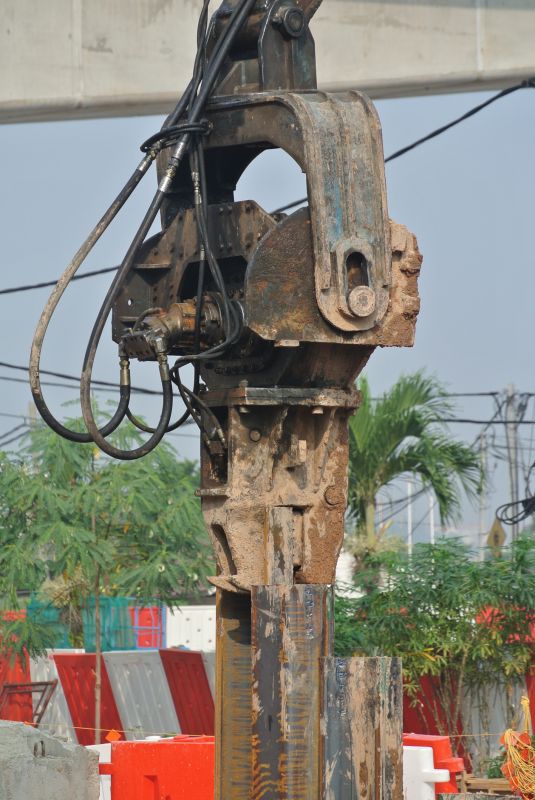
Heavy-duty machinery designed for efficient screw pile installation.
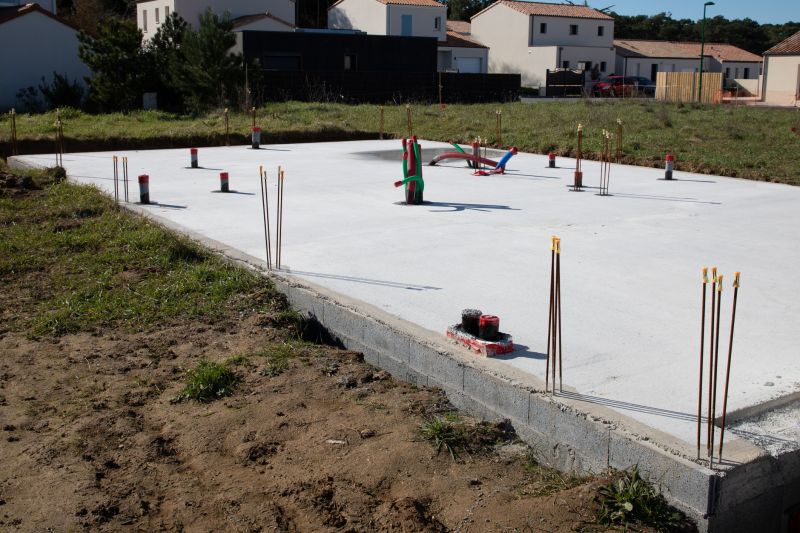
Examples of finished foundation projects.
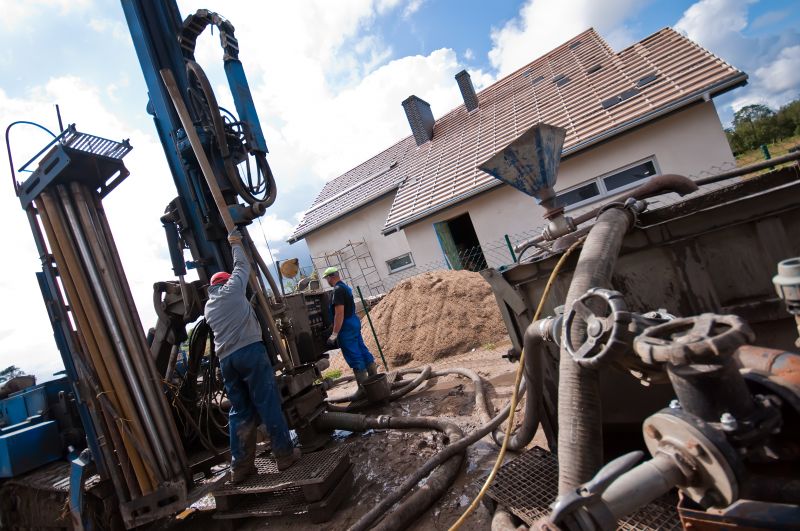
Preparing site conditions for optimal installation.
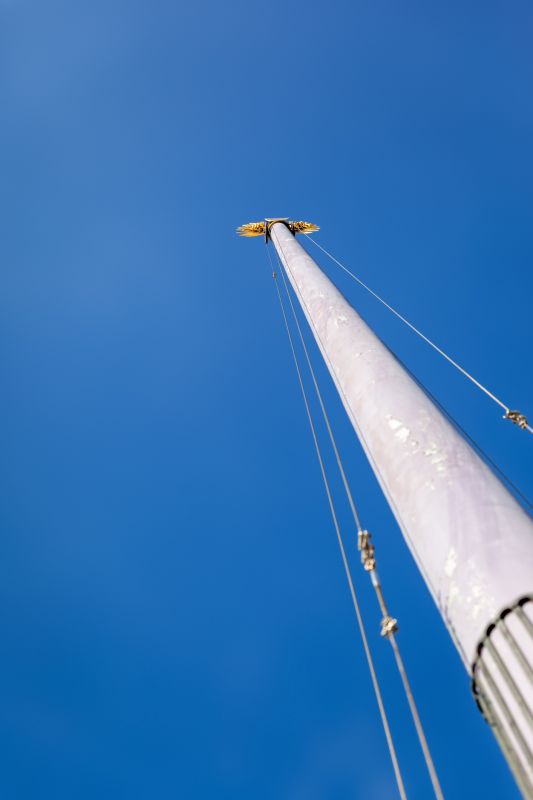
High-end options that actually feel worth it for Helical Piles Installations.
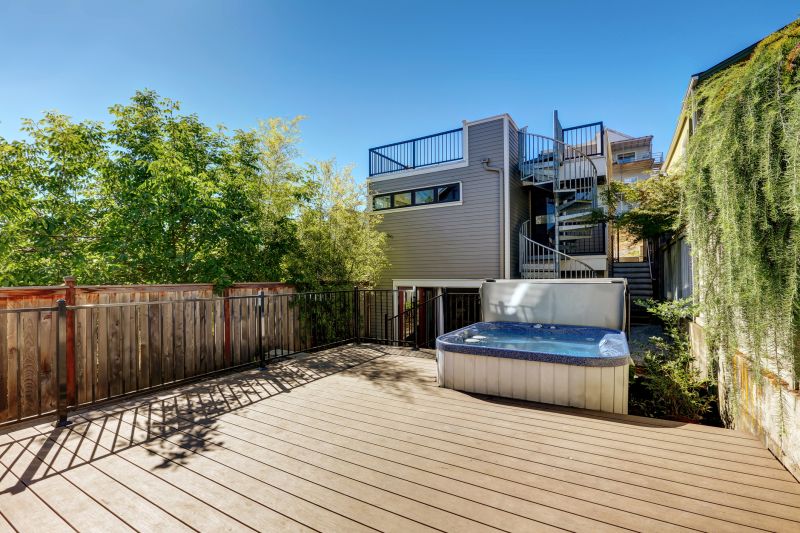
Finishes and colors that play nicely with Helical Piles Installations.
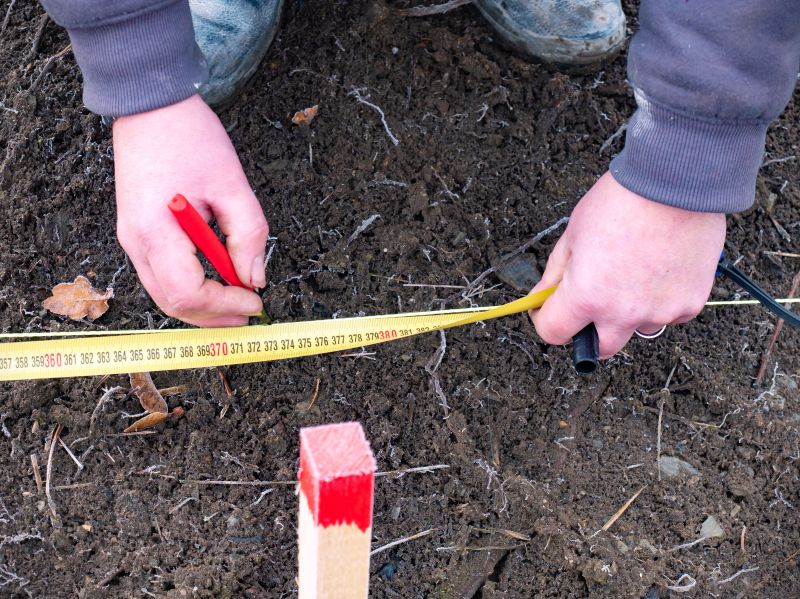
Little measurements that prevent headaches on Helical Piles Installations day.

A 60-second routine that keeps Helical Piles Installations looking new.
Interested in exploring helical pile installations? Filling out the contact form can provide more detailed information tailored to specific project needs. Scheduling installations during the most suitable seasons can lead to more efficient project execution and reliable foundation support.
